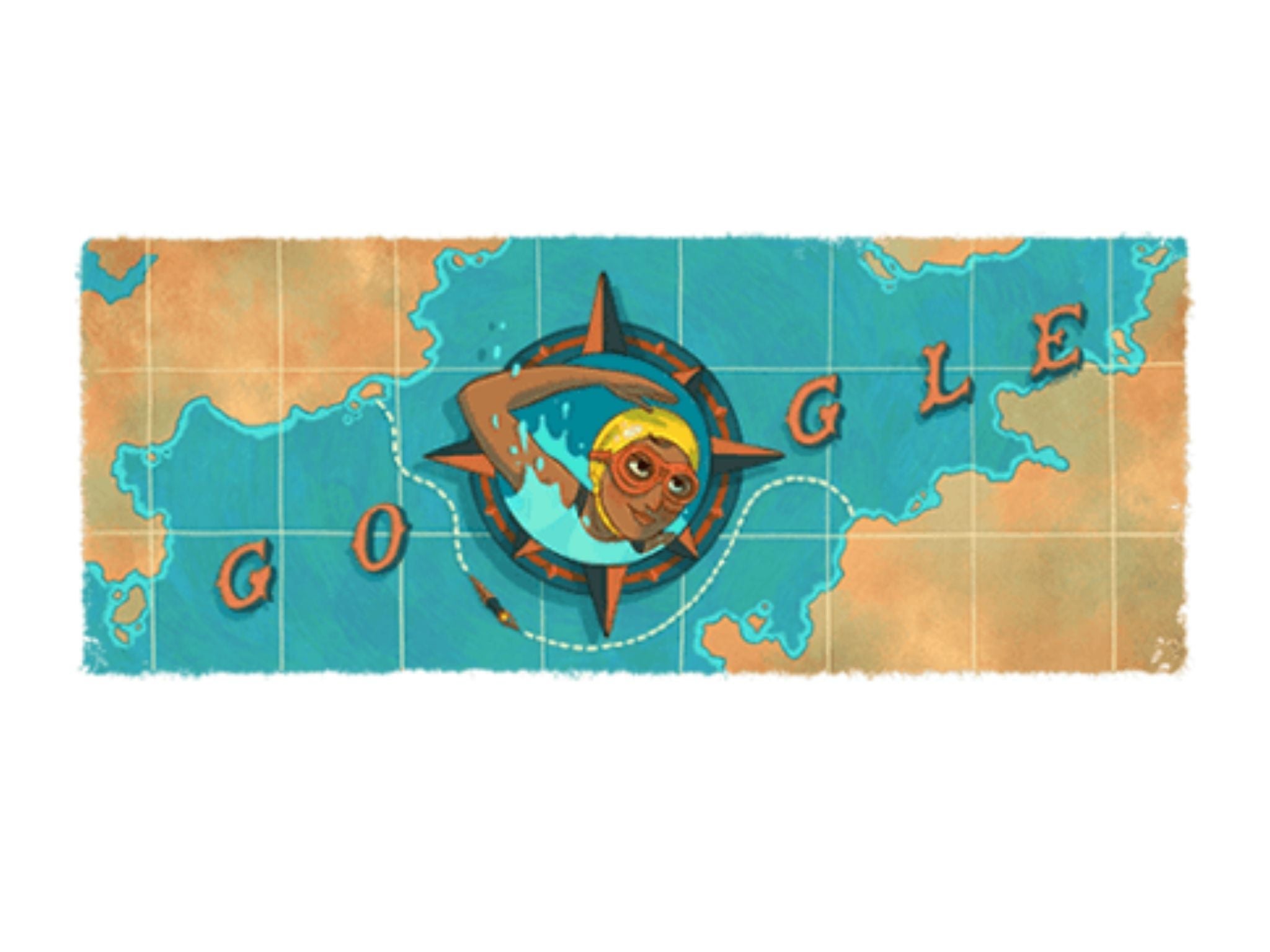Arati Saha: Who was the groundbreaking Indian swimmer and why is Google honouring her?

Your support helps us to tell the story
From reproductive rights to climate change to Big Tech, The Independent is on the ground when the story is developing. Whether it's investigating the financials of Elon Musk's pro-Trump PAC or producing our latest documentary, 'The A Word', which shines a light on the American women fighting for reproductive rights, we know how important it is to parse out the facts from the messaging.
At such a critical moment in US history, we need reporters on the ground. Your donation allows us to keep sending journalists to speak to both sides of the story.
The Independent is trusted by Americans across the entire political spectrum. And unlike many other quality news outlets, we choose not to lock Americans out of our reporting and analysis with paywalls. We believe quality journalism should be available to everyone, paid for by those who can afford it.
Your support makes all the difference.Google is celebrating Arati Saha, a groundbreaking Indian long distance swimmer and Olympian, on what would have been her 80th birthday.
On 29 September 1959 she became the first Asian woman to cross the English Channel, swimming 42 miles from Cape Gris Nez, France to Sandgate, England. She told interviewers later in her life that she was inspired by Indian swimmer Mihir Sen.
Saha was born in Kolkata Bengali, one of three children. Her incredible athletic gift emerged early in her life and Saha won her first gold medal for swimming at 5 years old, under the tutelage of her mentor Sachin Nag. By 11 years old, she was known as a swimming prodigy.
Today’s doodle was drawn by fellow Kolkata native, artist Lavanya Naidu. Naidu hopes her drawing helps inspire people everywhere to ‘dream big, no matter where you come from.’
Saha earned multiple honors in her early career, including setting an all-India record in 1949 and breaking Dolly Nazir's all-India record in a 1951 West Bengal state meet. Nazir and Saha would represent India together at the 1952 Olympics, and was one of the four women participants.
After the Olympics, Saha focused on practicing the breaststroke, consistently her best category. She also started participating in a long-distance swim competition in the Ganges. She reached out to congratulate Bengladeshi swimmer Brojen Das when he became the first Asian swimmer to cross the English Channel in 1952. He went on to recommend Arati Saha to the Butlin International Cross Channel Swimming Race organizers for the 1953 event. Despite her popularity and wide support, she struggled to raise the funding to travel to England until the Prime Minister of India, Jawahar Lal Nehru, offered her support.
Arati Saha’s training regime was more than rigorous. At one point, she swam for eight straight hours at the pond in Deshbandhu Park, and then went on to double her time. After six years of training, Saha traveled to England on 24 July 1959.
Her first event was plagued with mishaps. Her pilot boat was almost an hour late, and she missed favorable conditions. Saha came within five miles of the English coast, but had to turn back for her own safety.
On 29 September 1959 Arati Saha made her second attempt at crossing the English Channel. She was for an astonishing 16 hours and 20 minutes, covering 42 miles. When she reached the English shores, Saha hoisted the flag of India.
After her historic victory, she married her longtime manager Dr. Arun Gupta in 1959. The next year she was awarded Padma Shri, one of India’s highest civilian honors, in 1960. The Department of Posts created a postage stamp in her honor in 1999. Google doodle artist Lavanya Naidu was an avid stamp collector as a kid in the ‘90s, and remembers her excitement at seeing her hometown hero on a stamp..
Arati Saha had one daughter, Archana, and worked for the railways through her adult life. She passed away on 4 August 1994.
Join our commenting forum
Join thought-provoking conversations, follow other Independent readers and see their replies
Comments